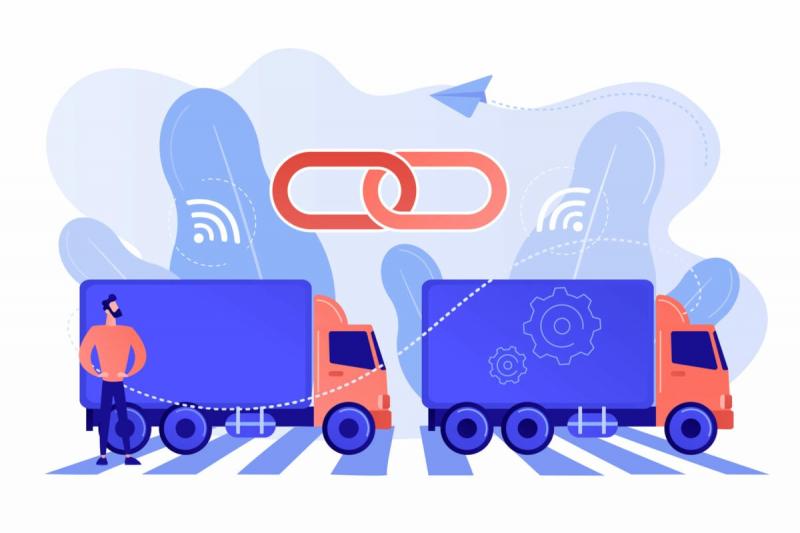In the ever-evolving landscape of freight transportation, truck platooning emerges as a game-changing technology that promises to revolutionize the way goods are moved across long distances. Truck platooning involves a group of trucks traveling closely together in a convoy, with the lead truck equipped with advanced technologies, such as radar, cameras, and vehicle-to-vehicle (V2V) communication systems. These cutting-edge features enable the trucks to communicate with one another and maintain a synchronized distance and speed, resulting in a highly efficient and safe transportation process.
One of the primary advantages of truck platooning is the potential for significant fuel savings. As the trucks drive in close formation, they experience reduced air resistance, leading to decreased fuel consumption for all vehicles in the platoon. Studies have shown that this collaborative driving approach can result in fuel efficiency gains of up to 10% for the following trucks. With fuel costs being a substantial portion of operating expenses in the transportation industry, such savings translate to substantial cost reductions and environmental benefits in terms of lower greenhouse gas emissions.
Moreover, truck platooning contributes to enhanced road safety. The advanced technologies integrated into platooning systems ensure that the trucks maintain a consistent and safe distance from each other, mitigating the risks associated with sudden braking or human error. Additionally, the lead truck serves as a "platoon leader," making real-time decisions and alerting the following trucks to potential hazards or changes in traffic conditions. This synchronized communication reduces the likelihood of accidents and improves overall road safety.
Furthermore, truck platooning has the potential to address the issue of driver fatigue. Long-haul trucking often involves grueling hours on the road, leading to driver exhaustion and diminished alertness. With truck platooning, drivers can take turns leading the convoy while the following trucks adopt a more passive role. This rotation allows drivers to rest and rejuvenate, leading to improved driver well-being and fewer instances of fatigue-related accidents.
